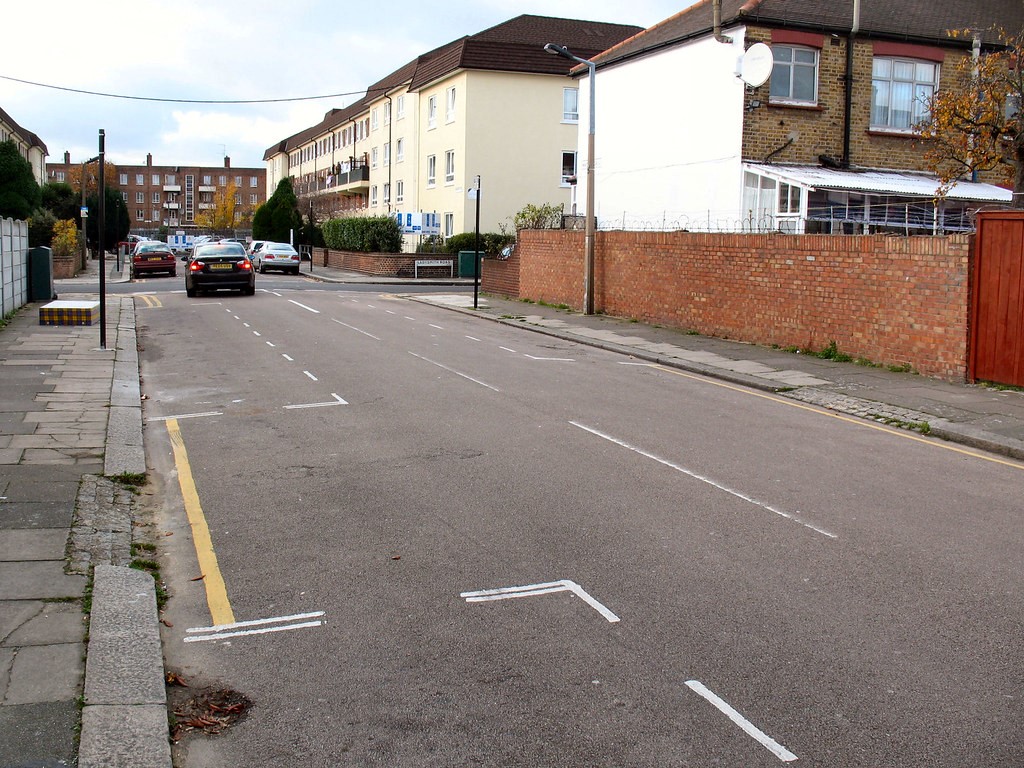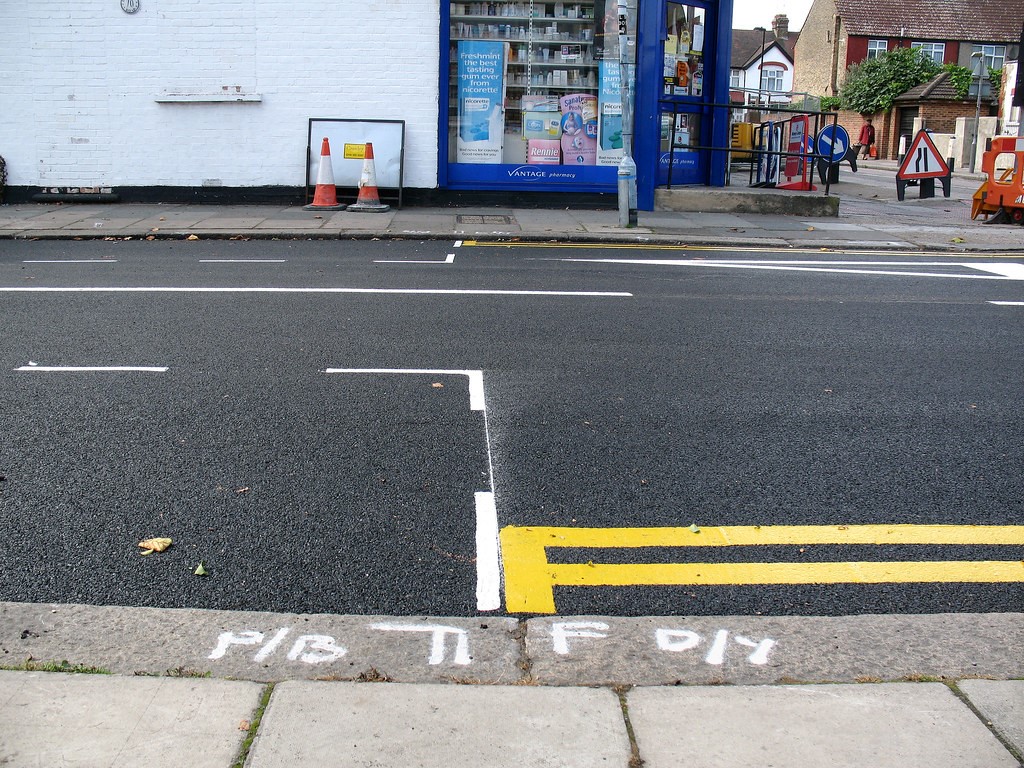Using Chapter 8 compliant markings is considered to be best practice by the Department for Transport for vehicles that stop on roads in the UK for inspection or works purposes. Although complying with Chapter 8 is not a legal requirement, it is necessary in practical terms if you are to avoid being subject to legal action in the event of an accident that involves your fleet.
Relevant legislation
According to the Health and Safety Executive, employers are required by both the Health and Safety at Work etc. Act 1974 and the Health and Safety at Work (NI) Order 1978 to provide and maintain systems of work which are safe in order to ensure, as far as reasonably practicable, the health, safety and welfare at work of all their employees. The code of practice set out by Chapter 8 helps employers to achieve this.
Chapter 8 compliant markings
Chapter 8 states that vehicles that stop on the highway to do inspections or works should have high visibility markings on the rear and should be a colour such as white or yellow that is conspicuous. It is recommended that such vehicles should use a non-reflective yellow colour.
Chapter 8 Chevrons should contain alternate strips of orange-red retro-reflective and fluorescent yellow non retro-reflective material. Each of these strips should be a minimum of 150mm wide and point upwards at an angle of between 45 and 60 degrees to the horizontal.
Where Chapter 8 chevrons are not used, the rear of the vehicle should be marked with a fluorescent orange-red block of retro-reflective material.
These chapter 8 compliant markings apply to all roads but are particularly recommended for use on high-speed roads. They should not obscure lights, registration plates or windows but should cover as much of the rear of the vehicle as possible.
If the high visibility markings on the vehicle are obscured by devices such as a cone laying adaption or a crash cushion, the device should have high visibility markings too.
Any maintenance vehicles should also be marked with the text “HIGHWAY MAINTENANCE” or in the case of vehicles used on motorways, “MOTORWAY MAINTENANCE”. This text should be at least 70mm high for vehicles that are used for temporary traffic management and a minimum of 140mm high for vehicles that carry equipment or personnel.





